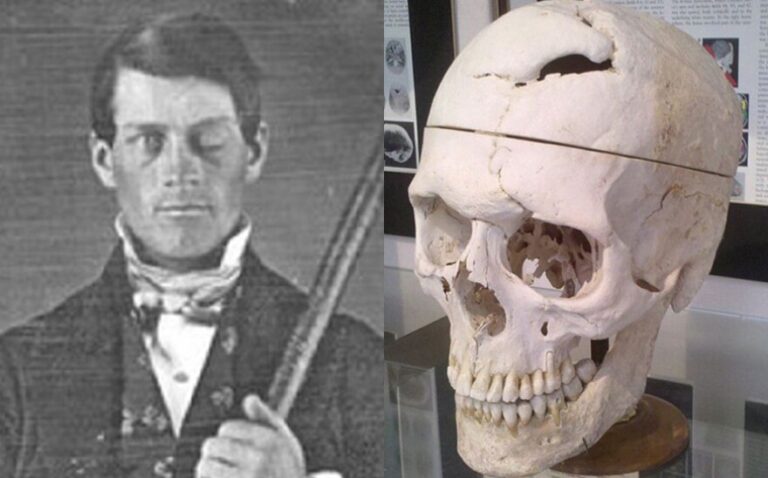On September 13, 1848, a 25-year-old railroad foreman named Phineas Gage endured one of history’s most bizarre accidents—an iron tamping rod blasted through his skull, obliterating his left frontal lobe. Miraculously, he survived. But his personality transformed overnight, sparking a revolution in brain science.
The Iron Rod Incident: A Medical Anomaly
While preparing a blast for railroad construction in Vermont, an explosive charge detonated prematurely, launching a 43-inch iron rod (1.25 inches in diameter) through Gage’s cheekbone and out the top of his head. Astonishingly, he remained conscious, even joking to coworkers moments later.
Key Details:
- Immediate Aftermath: Gage walked to a cart, rode to a doctor, and survived infection-free despite minimal medical intervention.
- Personality Shift: Once diligent and polite, he became impulsive, irritable, and profane—a change that fascinated early neurologists.
- Scientific Impact: His case became the first evidence linking the frontal lobe to personality and decision-making.
Why Phineas Gage’s Brain Injury Matters
Before Gage, scientists believed the brain was a uniform organ. His injury proved specific regions control distinct functions. Modern neuroscience credits his case with:
- Frontal Lobe Understanding: Linking it to emotional regulation and social behavior.
- Neuroplasticity Insights: His partial recovery hinted at the brain’s adaptability.
- Medical Ethics Evolution: His treatment (or lack thereof) spurred debates on patient care standards.
Legacy in Modern Neuroscience
Gage’s skull and the infamous rod are now displayed at Harvard Museum. His story remains pivotal in psychology textbooks, illustrating:
- The brain’s vulnerability and resilience.
- How trauma can redefine identity.
- The birth of cognitive neurology.

